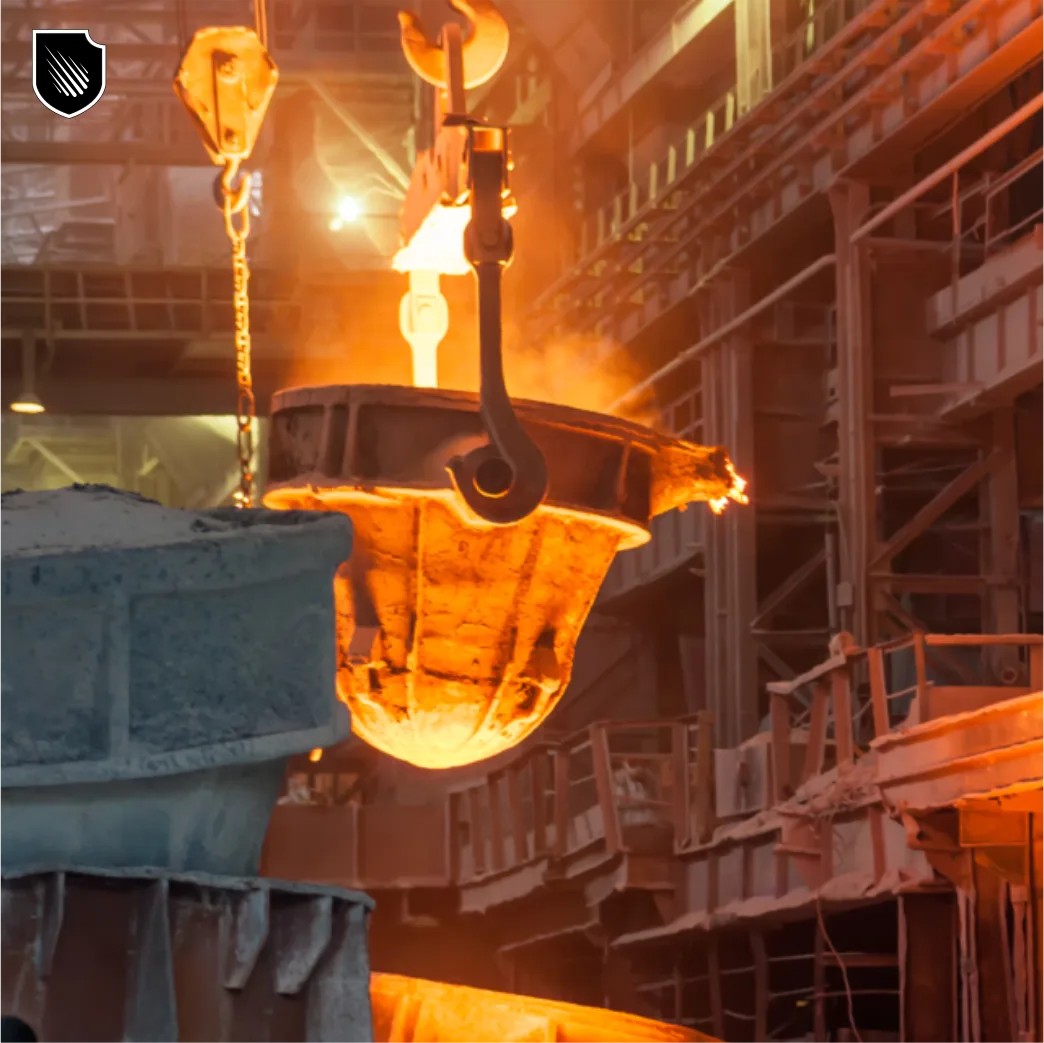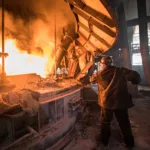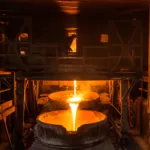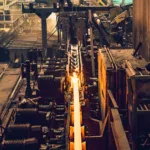Maximize Efficiency. Protect Equipment. Ensure Quality.
In modern steel production, Heavy Melting Scrap (HMS) plays a vital role in reducing costs, increasing energy efficiency, and promoting sustainable operations. However, inconsistent or unregulated use of HMS scrap can lead to severe inefficiencies, safety hazards, and product quality issues.
This article outlines what HMS scrap is, how it should be handled, and the critical best practices for its effective integration into your melt strategy.
What Is HMS Scrap?
HMS (Heavy Melting Scrap) refers to high-density ferrous scrap materials that are reintroduced into the melt process. It is primarily categorized into:
HMS 1: Scrap steel 6 mm or thicker, free from coatings, oils, paints, or combustible contaminants. This is the cleanest and most desirable grade.
HMS 2: Scrap with 3 mm or thicker sections, which may include surface rust, paint, or minor organic residues. It offers cost advantages but requires more careful handling during melting.
These two types are often blended based on furnace type, desired steel chemistry, and operational constraints.
Key Technical Considerations for HMS Scrap Usage
1. Scrap Cleanliness & Contamination Control
Scrap must be free of paint, oil, plastic, rubber, cables, or wood. Such contaminants not only degrade steel quality but also increase the risk of refractory damage, thermal shock, and toxic emissions.
Pre-screen, clean, and inspect all scrap loads.
2. Physical Size and Furnace Compatibility
Oversized HMS chunks can cause uneven melting, arc instability, and charge blockages. Scrap should be cut or broken down to suit your furnace geometry, especially for EAF operations where charge density directly impacts productivity.
Prioritize consistent sizing for faster, safer melting.
3. HMS 1 vs. HMS 2 Ratio Planning
A typical blend might include 60–70% HMS 1 and 30–40% HMS 2, depending on melt targets.
HMS 1: Prioritized in high-quality steelmaking
HMS 2: Used to balance cost-efficiency but must be factored into slag chemistry and carbon control
Optimize ratios based on chemical goals, melting rate, and slag volume.
4. Moisture and Explosion Risk
Wet or frozen scrap can result in steam explosions during charging, damaging refractories and endangering personnel.
Ensure moisture content is below 1%. Store indoors or under cover and use pre-drying systems when possible.
5. Scrap Yard Management
An organized yard allows for accurate inventory tracking, quality segregation, and contamination prevention.
Covered, drained storage zones
Magnetic separation and batch tracking
Well-managed yards translate to consistent melt chemistry and safer operations.
Benefits of Proper HMS Scrap Management
Higher energy efficiency due to optimized melt times
Extended furnace lining life with less thermal shock and fewer inclusions
Improved metal yield from better slag control
Enhanced steel quality, with tighter alloy and carbon control
Reduced safety risks from explosions or unbalanced charges
Supports circular economy goals and environmental compliance
Alpha Refractory LLC: Engineering Support for Scrap Optimization
At Alpha Refractory LLC, we specialize in solving hidden inefficiencies and damage risks caused by poor HMS scrap handling. Our field engineers and metallurgical consultants provide:
Scrap yard audits and material classification
Melt mix modeling and charge simulations
Furnace–scrap compatibility assessments
Refractory damage prevention planning
Operator training and safety protocol implementation
Scrap isn’t just raw material—it’s the foundation of your production quality.
Ensure every ton counts with smart sourcing, smart planning, and expert support




